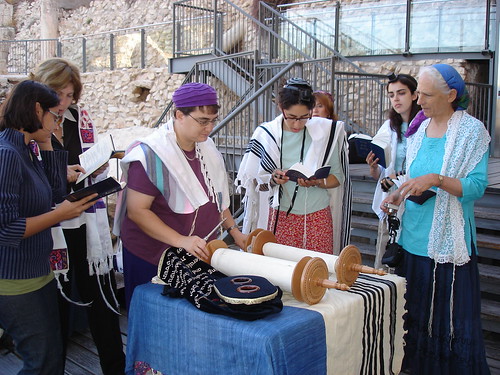At first blush, most of us are probably inclined to liken religious ritual to an heirloom, something handed down to us from our parents and grandparents. We’re enjoined, sometimes explicitly and sometimes more tacitly, to take care of rituals, to ensure that they don’t vanish. When seen from that perspective, ours is the responsibility of stewards, curators and historians.

But now and again, we’re reminded of an alternative reality, one in which we’re not just caretakers but architects of ritual practice. And when that happens, we come to see that rituals themselves are anything but static.
Take, for instance, the steadily growing popularity of the bat mitzvah. An innovation of the 1920s, it took hold, little by little, within American Jewish circles, slowly gathering momentum and acceptance. By the 1980s, the bat mitzvah had become as entrenched and widespread an American Jewish phenomenon as its male counterpart, the bar mitzvah whose origins dated back to the 13th century. ...continue reading "Rites of Passage"

